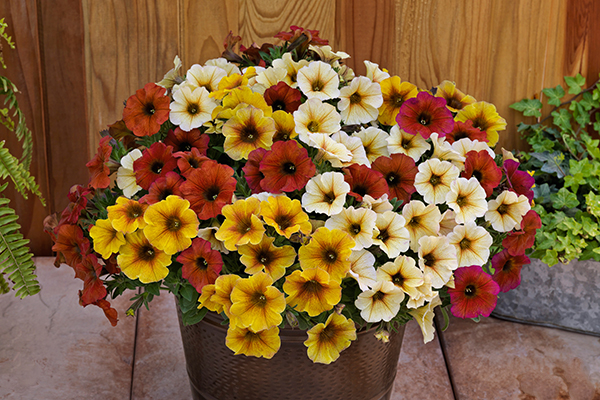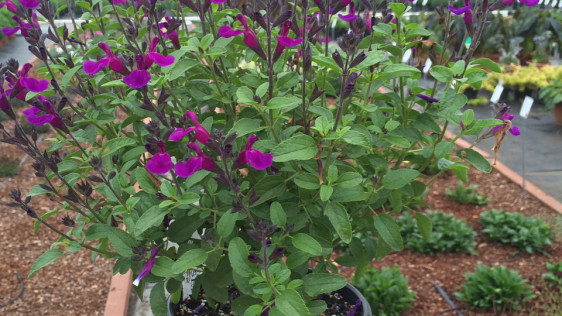Since this is our FIRST “Plant of the Week” post, I selected an early spring bloomer to get you into gardening mode. The Show Off Forsythia is a new compact selection that gives a stunning display compared to some of the older forsythia varieties. Its early spring blooms fill its branches with bright yellow color in early spring It has lovely dark green foliage that provides visual interest all season long. Planted as a short hedge, in mixed borders or even as a foundation plant, it produces blooms that work well as a cut flower. It’s also a very easy plant to propagate. Use stem cuttings from your shrub to create more forsythia plants. … Moisten a paper towel with water and wrap it around the cut ends of the stems. Place the cuttings in a dark plastic bag until you can transfer cuttings to the rooting medium, preferably within 24 hours. An alternative propagation method can be accomplished by bending a branch down from an existing bush, covering the first 6 inches of the branch with soil and mulch, and using a brick or rock to weigh it down. The branch will root next to its mother plant and can be transplanted later. Forsythia will be a welcome addition to your landscape when you see it’s early yellow blooms showing up on a cold, early spring day.
Read More










